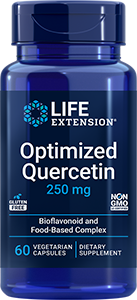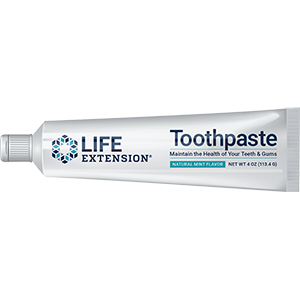|
Cedric Garland, DrPH of the University of California, San Diego School of Medicine and his colleagues recently revealed that significantly higher amounts of vitamin D than what are currently recommended are needed to raise levels to those that help prevent breast cancer, type 1 diabetes and other diseases. The findings were published on the website of Grassroots' Health, a non-profit community service organization dedicated to promoting public awareness about vitamin D, and will appear in the journal Anticancer Research.
Dr Garland, along with Christine B French, Leo L. Baggerly and Robert P. Heaney, MD, analyzed data from a survey of 3,667 men and women whose average age was 51. Serum 25-hydroxyvitamin D levels were measured and online questionnaires were completed every six months over a five year period to ascertain vitamin D levels, vitamin D intake, and health status.
The researchers compared supplemental vitamin D intake reported at the beginning of the study with baseline serum vitamin D levels. "We found that daily intakes of vitamin D by adults in the range of 4000-8000 IU are needed to maintain blood levels of vitamin D metabolites in the range needed to reduce by about half the risk of several diseases - breast cancer, colon cancer, multiple sclerosis, and type 1 diabetes," stated Dr Garland, who is a professor of family and preventive medicine at UC San Diego Moores Cancer Center. "I was surprised to find that the intakes required to maintain vitamin D status for disease prevention were so high – much higher than the minimal intake of vitamin D of 400 IU/day that was needed to defeat rickets in the 20th century."
"I was not surprised by this," remarked coauthor Heaney, who is a biomedical scientist at Creighton University and an authority on vitamin D. "This result was what our dose-response studies predicted, but it took a study such as this, of people leading their everyday lives, to confirm it."
The study is the first to analyze the relationship of serum vitamin D levels to voluntary vitamin D supplementation in a community setting. While the doses suggested by the study's results might appear high, a report from the National Academy of Sciences Institute of Medicine (IOM) published at the end of last year indicates that 4,000 IU is a safe dosage for everyday use by those nine years of age and older, although the Institute's actual recommendation is much lower.
"Most scientists who are actively working with vitamin D now believe that 40 to 60 nanograms per milliliter is the appropriate target concentration of 25-vitamin D in the blood for preventing the major vitamin D-deficiency related diseases, and have joined in a letter on this topic," Dr Garland noted. "Unfortunately, according to a recent National Health and Nutrition Examination Survey, only 10 percent of the US population has levels in this range, mainly people who work outdoors."
"Now that the results of this study are in, it will become common for almost every adult to take 4000 IU/day," he said. "This is comfortably under the 10,000 IU/day that the IOM Committee Report considers as the lower limit of risk, and the benefits are substantial."
|















